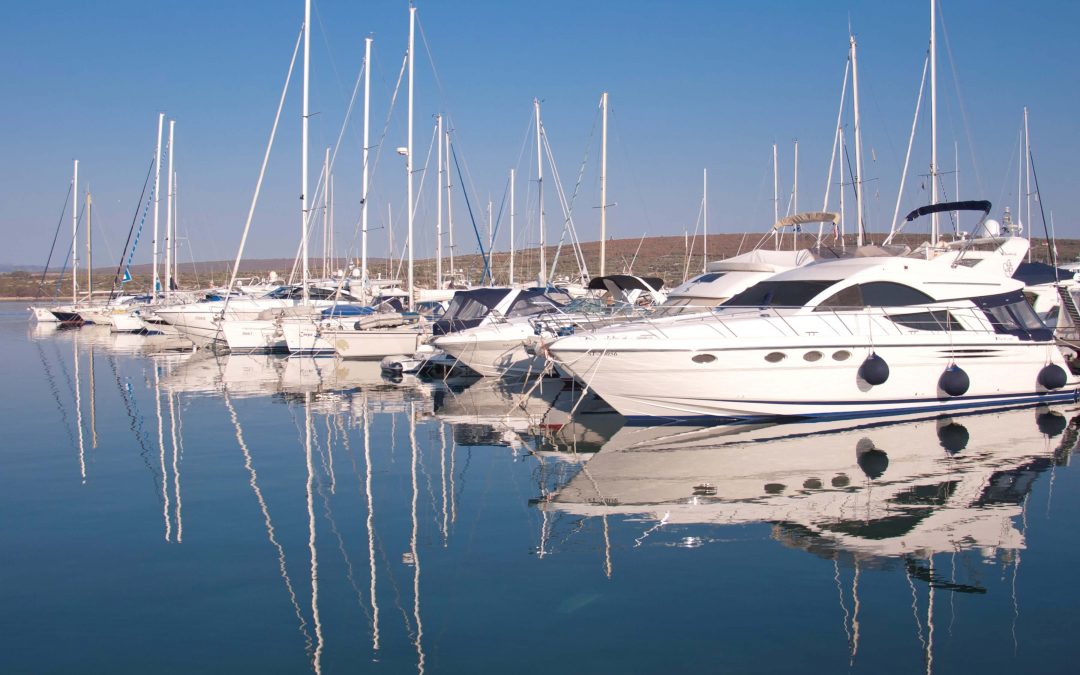In all potentially dangerous situations, a timely reaction is necessary, and there are several products, sensors, and detectors on the nautical market that monitor the state of the system onboard the vessels.
Analyzing the articles so far, you could notice that everything revolves around three aspects, three categories. The first is the analysis and selection of insurance. The second is the prevention and reduction of damage, and finally the processing and repair of damage to vessels. It is important for both the owner and the insurance company that the damage does not occur, or that it is prevented. And how to prevent the damage? This is a topic that everyone who participates in this story in one way or another deals with.
It is very important for the owner that the boat, equipment, and engine are not damaged. Insurance too. The owner wants to sail and thus earn or enjoy, and the insurance company wants to direct the money from the premium to helping those who need it and to raise the quality of its services. Although this may not seem so at first, a high level of safety and caution, together with education, represent a fundamental aspect of the general safety of navigation, vessels, and generally stay at sea.
What we will write about in the section “Insurance in nautical” in this issue are all those safety preconditions and all the moves that have the task of preventing damage and accidents. What is needed, in all potentially dangerous situations, is a timely response, and there are more products, sensors, and detectors on the nautical market that monitor the condition of the system on vessels and the vessel. These systems notify the owner or sailors in marinas of changes, breakdowns, sea penetration into the hull, fires, and the like.
SAFE WINTER DREAM
The vessel spends most of its time in the annual cycle at berth. Part of the vessels spends the winter on dry land where, again, there is a possibility of damage caused by external influences. We have recently listed the various situations and dangers that lurk in a vessel even while it is at rest at berth. In addition to the danger of damage caused by other vessels moving in the marina, there are also passive dangers lurking inside the vessel itself, and of which we cannot know until it may be too late.
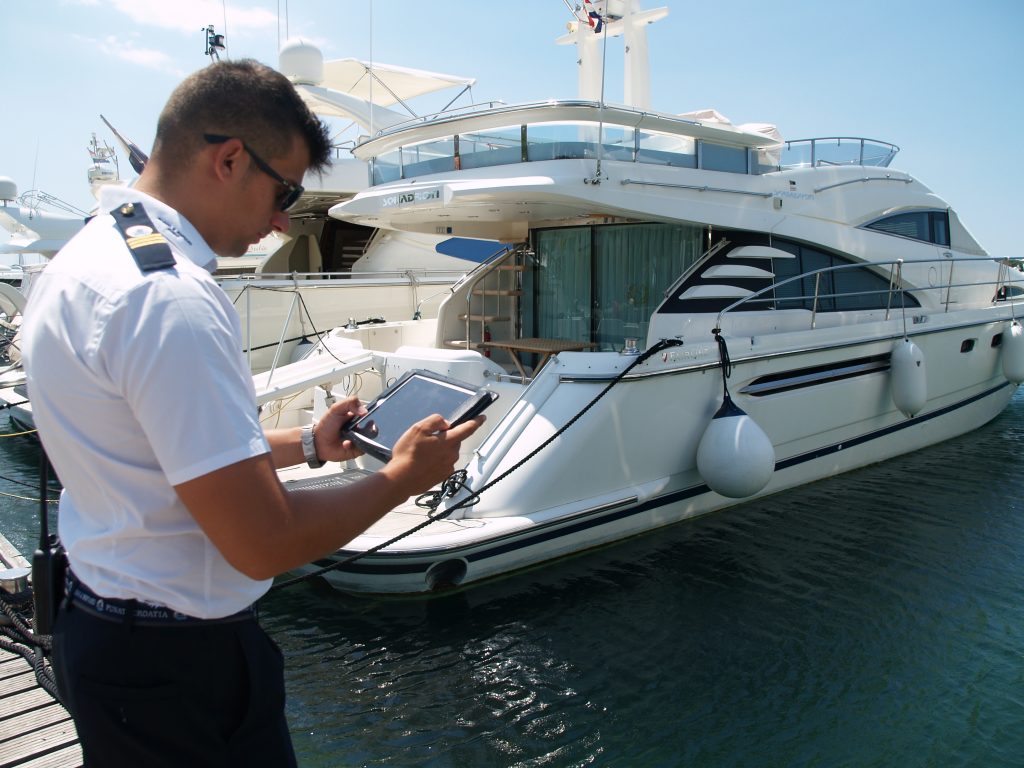
BILGE SENSORS
Sea penetration into the vessel most often occurs while it is on a winter berth. There can be several reasons for this. After the end of the season, the underwater part of the hull is not checked and the necessary work is not performed, and if the intake and exhaust valves are left open, penetration can occur. This can also be affected by the cold, i.e., icing and cracking of pipes, valves, and installations. Various alloys and plastic materials are often used to make valves and installations, which have their own time of material fatigue and partial disintegration, which can lead to loosening of joints and sea penetration into the hull. By prevention, servicing, and control, most of these situations can be avoided or at least somewhat prevented, but if there is already a penetration of the sea or rain into the vessel, then it is good to have additional security, which is a sensor. Raising the level of the bilge will better register the bilge sensor, which will inform the owner and the sailor in the marina about the new condition. Its quick reaction can save the boat from sinking and every insurance company will aim to have a sensor like this on their boat.
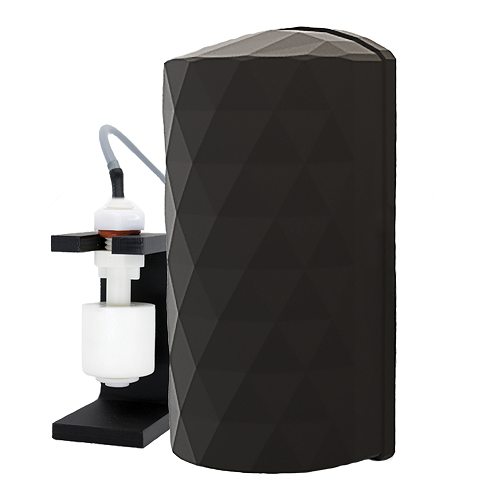
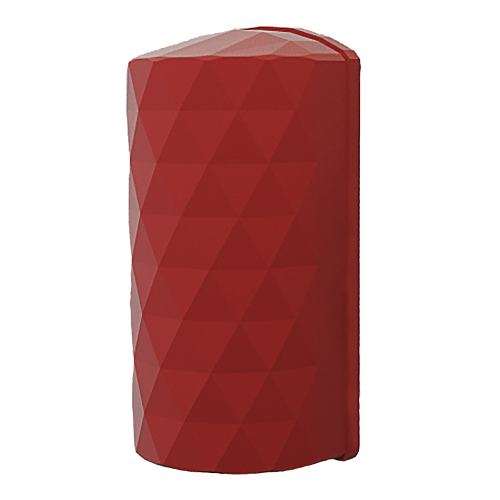
HEAT SENSORS – ENGINE SPACE
In recent years, we can increasingly read in the media the news about the self-ignition of vessels while they are at berth. One of the possible reasons for that is failures in the installation and devices, which leads to sparks and fires. Such fires most often occur in engine rooms, but other parts of the vessel are also exposed to this risk. By installing a heat sensor, any temperature change is detected in the initial stage when the fire can be extinguished in the development phase with the right response of the marina staff. Heat sensors will not extinguish a fire but will report a change in temperature which is a sign of overheating of some part or equipment, which may be the initial fire.
SMOKE SENSORS
Fire and smoke are two elements that go with each other. If there is any burning other than an increased temperature, it is the smoke that will detect the fire. There are many reasons for ignition, and a good part of the reason is related to either the electrical installation and devices or the engine. Regardless of whether the vessel is connected to an external power source, a fire can occur on it, the Smoke Sensor detects and prevents the development of fire in the vessel itself, but also the potential spread of fire to other neighboring vessels. A smoke sensor can be added to a room along with a temperature sensor.
BATTERY SENSORS
In addition to consuming equipment on the vessel under the influence of external factors, ie marine conditions old. Marine batteries are a real example of this because, in addition to self-discharge, they also fail due to sudden changes in temperature and humidity. Marine batteries supply bilge pumps, and if they are empty when the sea enters the vessel, then the bilge pumps will not react either.
Battery sensors may not be so directly related to preventing damage from an insurance perspective, but they can certainly save owners on maintaining the boat’s batteries and even prevent them from sailing with discharged batteries. Batteries should be changed periodically to avoid sulfation. For the batteries to be safely charged, it is important to know the battery voltage before charging. If we try to charge the battery in a short circuit (again as a result of sulfation) it leads to “cooking of the batteries”. Due to the cooking of batteries, there was a fire in the marina Punat a few years ago in which 7 ships burned! Boat owners often act by telling a friend, “Turn on my electric boat when you’re in the marina.” – which very often leads to dangerous situations.
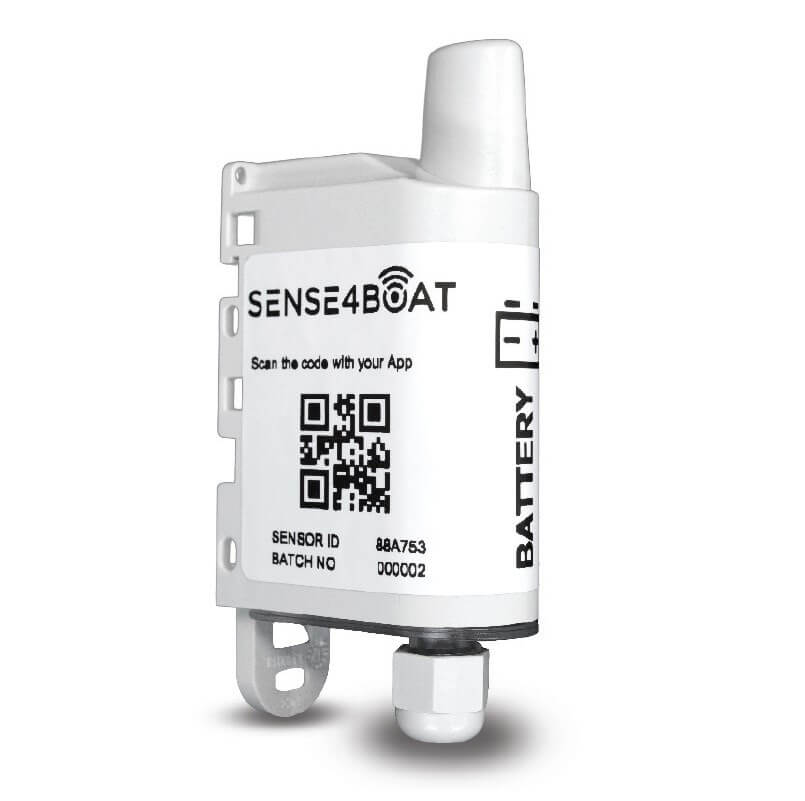
MOUNTING ROPE SENSOR
Sensors for moored ropes of vessels on a permanent connection are a very interesting idea, especially from the insurance perspective. Although the ropes are controlled or at least checked by a visual method, untying can lead to untying and even cracking. A sensor that would warn that one or more ropes had yielded would reduce, or completely prevent, damage to the vessel as well as to neighboring vessels, thereby significantly increasing the safety of the vessel at berth.
GAS PRESENCE SENSOR
Lately, unfortunately, we have had instances where there has been a loss of human lives due to gases in the vessel that none of the crew was aware of being present until it was too late. Carbon monoxide sensors and those for butane propane from gas cylinders and cooking installations are extremely user companions. All this leads us to conclude that gas sensors are extremely important, even vital for the safety of people on board as well as for preventing fires caused by gas ignition.
TRACKING DEVICES
In addition to the listed sensors that increase the safety of the vessel, there are also devices for monitoring the movement of the vessel with which we can find out each position of the vessel, but other parameters related to navigation, such as speed. Such sensors are very often equipped with zone setting functions (Geofence) which alerts the owner as soon as the vessel leaves the zone and initiates changes in engine operating parameters. This is as an option very good against boat theft and unauthorized use.
CONVENIENCE FOR INSURANCE
All the above sensors and some additional options that we have not listed on this occasion can be purchased at various nautical equipment stores, online, or at fairs where more and more exhibitors offer some of the “smart” solutions to increase boat safety. One certainly unique and praiseworthy collaboration that gives boat owners more than just increasing the safety of their boat, is the collaboration between the nautical insurance intermediary Yacht-Pool International and the company Marina Cloud, which has Sense 4 boat sensors.
Sense 4 boat offers more favorable conditions for the purchase of these devices to each Yacht-Pool insured, and then every user of Sense 4 boat who has a Yacht-Pool insurance policy, enjoys higher coverage and reduced direct costs in case of any damage within the marina. One example is the absence of a deductible if a vessel equipped with a bilge sensor suffers damage from sea penetration within one of the marinas using the Marina Cloud system.
In addition to these partners, the entire project includes proven and reliable marinas that have received the certificate of excellence “Yacht-Pool Checked & Trusted secure Marina” for 2021.
